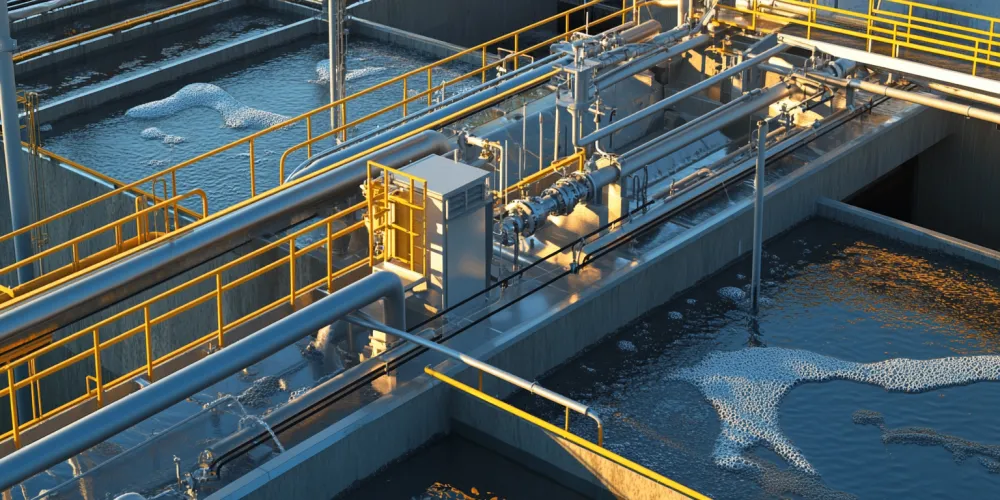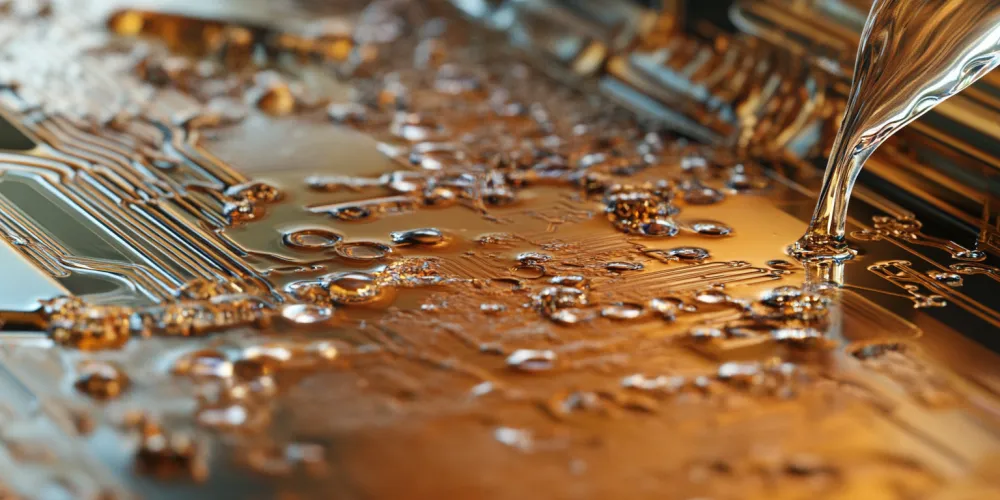Application of Ferric Chloride in Wastewater Treatment
This article was last updated on August 14, 2024

Basic Characteristics of Ferric Chloride and Its Application in Wastewater Treatment
Ferric Chloride (FeCl₃, Iron(III) Chloride) is a chemical widely used in wastewater treatment, playing a significant role in the water treatment industry. As a powerful coagulant, ferric chloride has several excellent properties, making it one of the preferred chemicals for wastewater treatment plants.
The main characteristics of ferric chloride include:
- Strong coagulation effect
- Wide pH range applicability
- Low operating costs
- Ease of storage and transportation
In the wastewater treatment process, ferric chloride is mainly used to remove suspended solids, phosphates, and heavy metals. When ferric chloride is added to water, it rapidly hydrolyzes to form ferric hydroxide colloids, which can adsorb suspended particles in the water, forming larger flocs that are easy to settle or filter out.
By adjusting the concentration and dosing method of ferric chloride, the efficiency of wastewater treatment can be significantly improved. This flexibility makes ferric chloride an important tool for water treatment professionals.
Application of Ferric Chloride in Phosphate Removal and Its Environmental Impact
In wastewater treatment, the removal of phosphates has always been a critical issue. Excessive phosphorus entering water bodies can lead to eutrophication, causing algae blooms and disrupting aquatic ecosystems. Ferric chloride plays a crucial role in this process.
The main mechanisms of ferric chloride in phosphate removal include:
- Chemical precipitation
- Adsorption
- Co-precipitation
When ferric chloride is added to phosphorus-containing wastewater, it reacts with phosphate ions to form insoluble ferric phosphate precipitates. Simultaneously, the formed ferric hydroxide flocs can also adsorb soluble phosphorus, further improving removal efficiency.
Research data shows that under optimal conditions, ferric chloride can remove up to 95% of phosphates. This is of great significance for protecting rivers, lakes, and coastal waters.
Application of Ferric Chloride in Heavy Metal Removal and Its Optimization Techniques
In industrial wastewater treatment, the removal of heavy metals is a significant issue. Ferric chloride has demonstrated excellent performance in heavy metal removal, particularly for common heavy metals such as Copper (Cu), Lead (Pb), and Zinc (Zn).
The main mechanisms of ferric chloride in heavy metal removal include:
- Precipitation
- Co-precipitation
- Adsorption
- Ion exchange
When ferric chloride is added to wastewater containing heavy metals, ferric hydroxide flocs form. These flocs can adsorb dissolved heavy metal ions and immobilize them through surface complexation.
Application of Ferric Chloride in Sludge Dewatering and Its Economic Benefits Analysis
In the wastewater treatment process, sludge treatment has always been a technical challenge and economic burden. The application of ferric chloride in sludge dewatering provides an effective solution to this problem.
The main mechanisms by which ferric chloride improves sludge dewatering performance include:
- Disruption of sludge colloidal structure
- Compression of the double layer
- Formation of a network structure
- Increase in sludge density
Future Development Trends and Challenges of Ferric Chloride in Wastewater Treatment
With increasingly stringent environmental regulations and growing public awareness of environmental protection, wastewater treatment technology faces new opportunities and challenges. As an important chemical in wastewater treatment, ferric chloride is also evolving.
The future development trends of ferric chloride in wastewater treatment mainly include:
- Intelligent applications: Development of AI-based dosing control systems; optimization of treatment processes using big data technology
- Green production: Development of more environmentally friendly ferric chloride production processes; exploration of resource utilization of ferric chloride by-products
- Composite products: Development of composite agents combining ferric chloride with other materials; research into the application of submicron ferric chloride
- Expanding application range: Exploration of ferric chloride in soil remediation; research into the potential of ferric chloride in air pollution control

